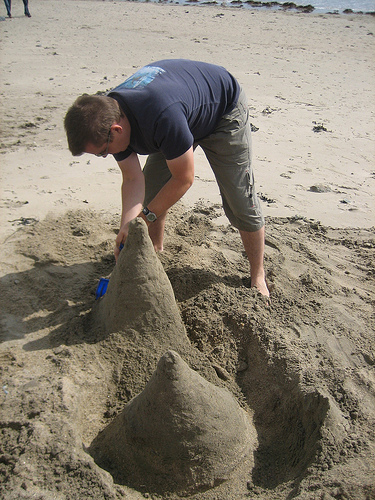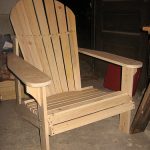The Egyptian pyramids are among the greatest wonders in the world, as well as among the most baffling mysteries of all time. No one knows exactly how these awe-inspiring structures were built, and it is likely that this architectural feat will never be repeated ever again. It is however possible for one to learn how to build a pyramid model of their very own out of the simplest of materials.
The model pyramid shall be made simply from cardboard and modeling material such as clay or Plaster of Paris. The tools that will be needed are a pair of scissors, a ruler, and some glue. The first step is to mold the pyramid blocks out of the modeling material. Prior to this, one must have already decided on the size of the blocks. Ideally, the blocks’ average size should be 8 inches.
As for the number of blocks to be used, it will be determined by the eventual size of the pyramid itself. To be precise, the larger the pyramid is, the more blocks will be needed to construct it. However, the quantity of the blocks could also depend on how big or small they are. After the blocks have been molded, give them enough time to solidify. Avoid inhaling the modeling material as it is hardening.
The next step in building a pyramid is to construct its walls and its inner chambers. A 10 by 10-inch piece of cardboard is cut out, onto which the blocks are to be glued on. Assemble a few of the smaller blocks to form the shape of a container. Typically, these blocks are placed in the pyramid’s center. Employ glue as necessary. Again, be careful not to inhale the glue.
Take some additional blocks and use them in forming the central wall. Ensure that these blocks are strong enough, as they will serve as the pyramid’s foundation. Also make sure that there is sufficient space for the chambers, which should be put in before the outer façade is built. The real-life pyramids have several chambers built into them, so it is up to the builder how many chambers they want to make. One may also make little tombs out of the blocks and place them inside the chambers.
Begin construction of the walls using the pyramid blocks that remain, setting each block on top of each other. As the pyramid is being assembled, especially focus on its alignment, so as to avoid the risk of collapsing due to faulty alignment. It is advisable to employ a ruler to make sure the alignment is correct. In building the top of the pyramid, one has the option of making it removable. If one chooses to do so, simply make the top out of modeling material. Having a removable top enables one to look inside the pyramid, and this would be particularly advantageous should one decide to add or subtract certain chambers.
When painting the pyramid, sandy or dark brownish colors are normally used. But it has been said that the pyramids of Egypt originally shone as bright as gold, so one may mimic this by painting their model pyramid in gold. Or if one wants to give their model a weathered and ancient appearance, apply a little glue on the faces of the pyramid walls and spray some sand on it. Once these finishing touches are applied, one would have successfully replicated the splendor of the pyramids in miniature form.



